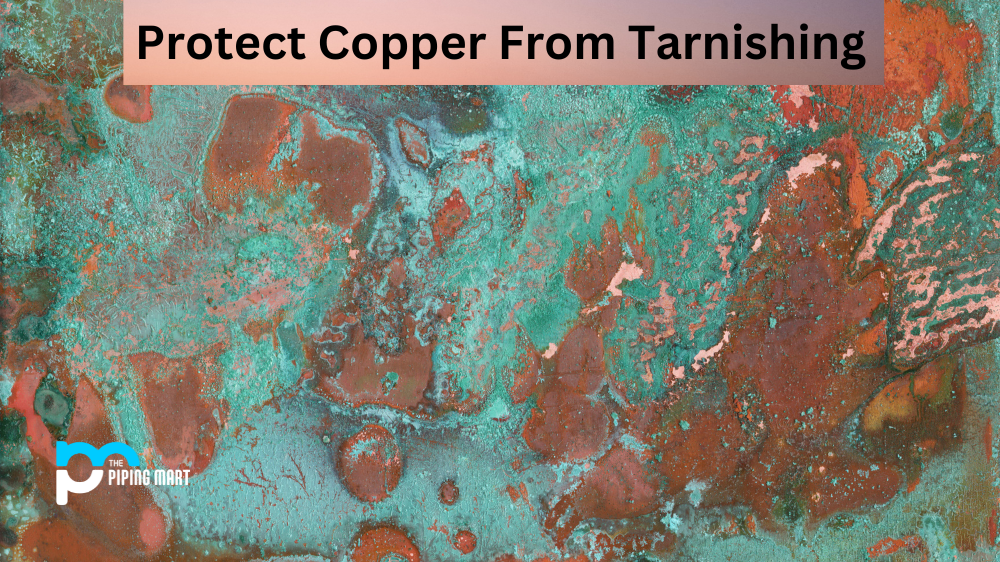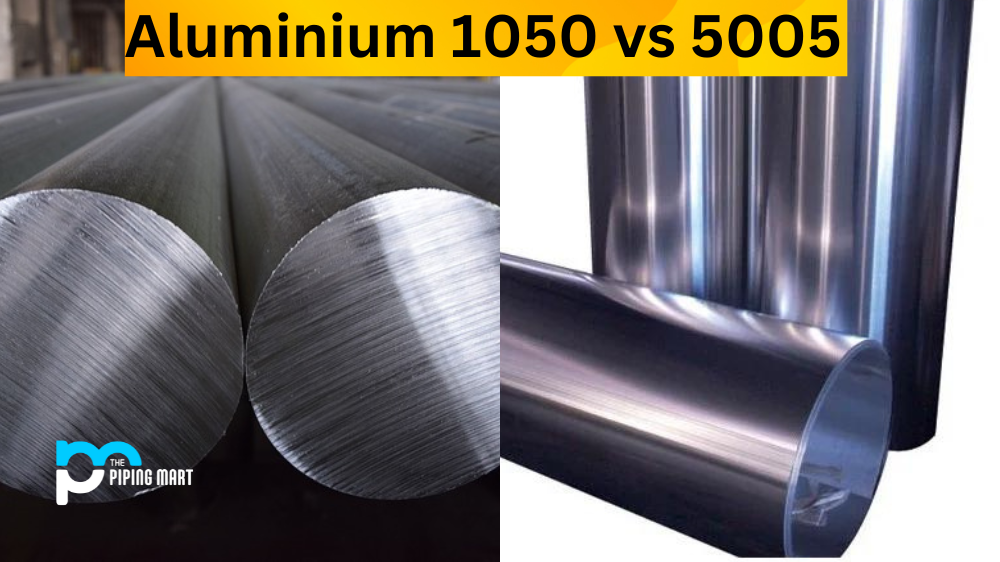If you are looking for a strong and durable material, you may have come across the terms mild steel and cast steel. These two materials have a lot of similarities but many differences as well. In this blog post, we’ll discuss the pros and cons of both materials so that you can make an informed decision when choosing which one to use in your project.
What is Cast Steel?
Cast steel is made by pouring molten steel into a mold. This allows for complex shapes to be created without too much difficulty. It also has a very high level of strength and durability because it has been cast in a specific shape. This makes it ideal for applications where strength is necessary. However, this strength comes at a price; cast steel is generally more expensive than mild steel due to its higher production costs.
What is Mild Steel?
Mild steel, on the other hand, is made from iron ore or scrap metal with carbon added to it to increase its strength. It’s inexpensive compared to cast steel and can be formed into almost any shape or size desired. However, because it doesn’t undergo the same casting process as cast steel, it isn’t quite as strong or durable as its counterpart.
Which Should You Choose?
It depends on what your application requires when deciding between these two materials. If cost isn’t an issue and you need something that offers maximum strength and durability, cast steel would be the right choice. On the other hand, if cost is important, but you still need something that offers good strength and durability, mild steel could be an excellent option for your project.
Difference Between Cast Steel and Mild Steel
Composition
Cast steel is made from a mix of carbon and iron, while mild steel contains a lower percentage of carbon. The carbon content in cast steel is typically between 0.7% and 4%, while only 0.25% to 0.3% in mild steel. This higher carbon content gives cast steel its hardness and strength.
Properties
The higher carbon content in cast steel makes it more brittle than mild steel. This means that it is less ductile or able to be shaped without breaking and is more likely to crack under stress. However, this also means that cast steel can withstand higher loads without deforming.
Uses
Cast steel is often used in applications where high loads are expected, such as bridges or buildings. It is also used to manufacture machinery parts that are subject to wear and tear, such as gears and bearings. Mild steel, on the other hand, is better suited for applications where ductility is important, such as in the construction of pipes or wires.
Cost
Cast steel is typically more expensive than mild steel due to its higher carbon content and superior properties. However, the price difference between the two materials depends on each type of steel’s specific grades and sizes.
Availability
Mild steel is more widely available than cast steel as it requires a different level of processing. Cast steel must be poured into molds to create the desired shape, which adds to the cost and complexity of manufacturing this type of steel.
Conclusion:
Choosing between mild steel and cast steel comes down to what application you are using them for and what type of properties you require from your material choice. Both types of steel offer unique advantages depending on how they will be used; therefore, it pays off to research both options carefully before deciding which one will work best for your needs! Ultimately, whichever you choose should give you a reliable product that will last for years to come!
Meet Heer, a dynamic and driven writer learning tricks of her trade in the metal industry. With a background in Digital Marketing, Heer brings a unique perspective to her writing, sharing valuable insights. Apart from blogging she like reading and hiking.




